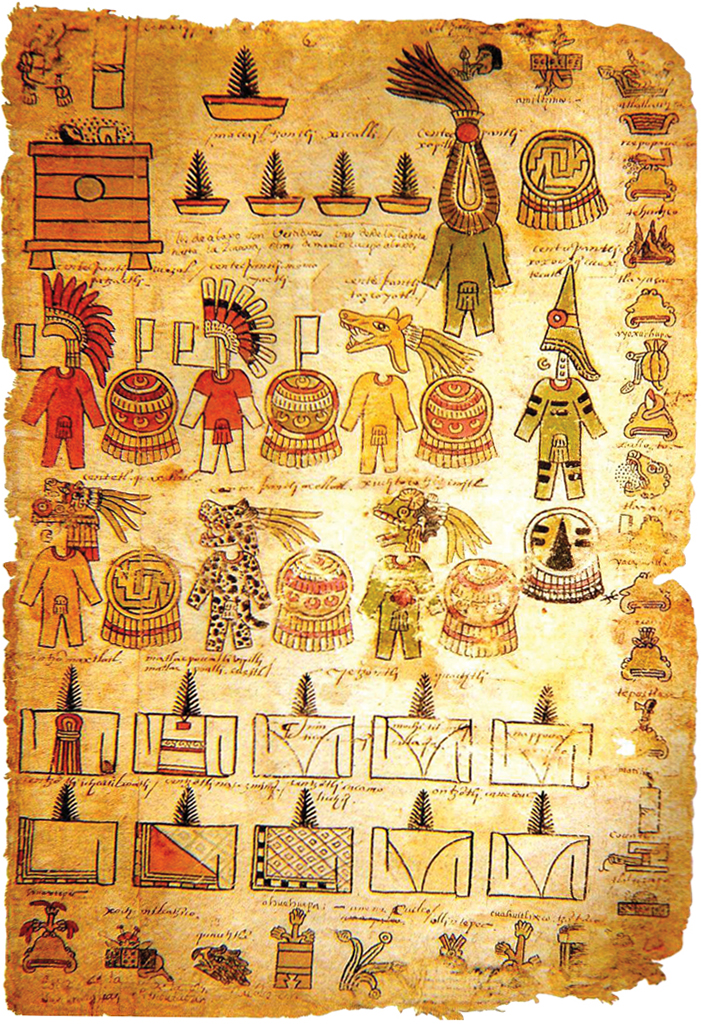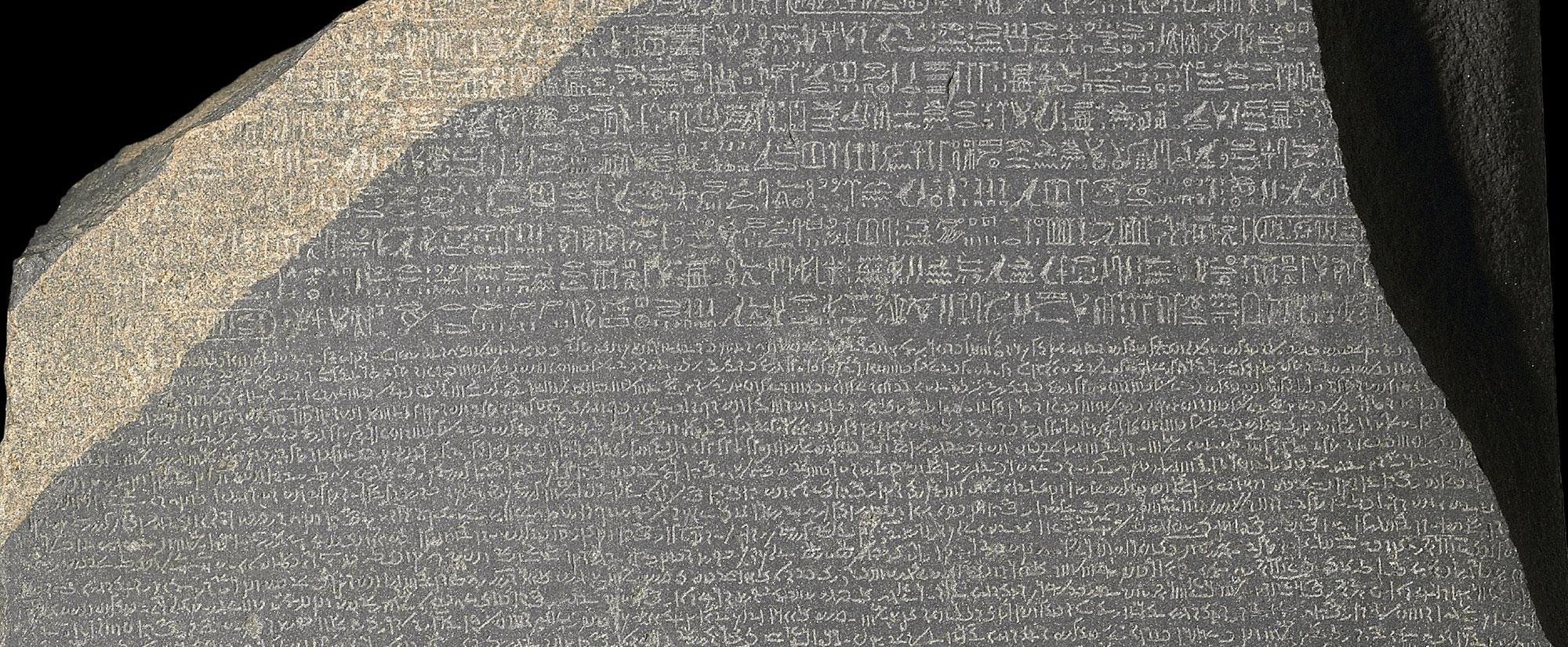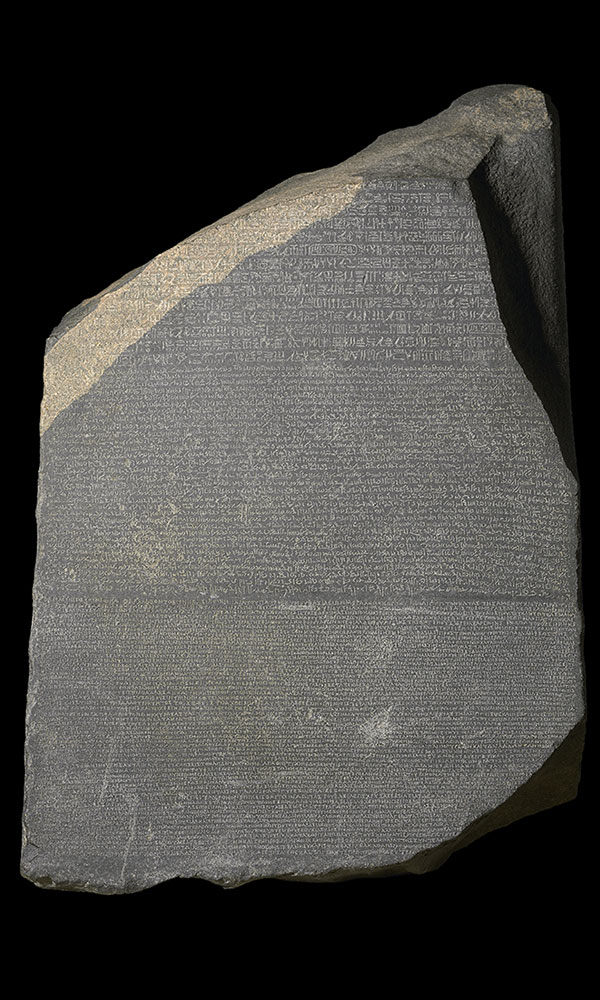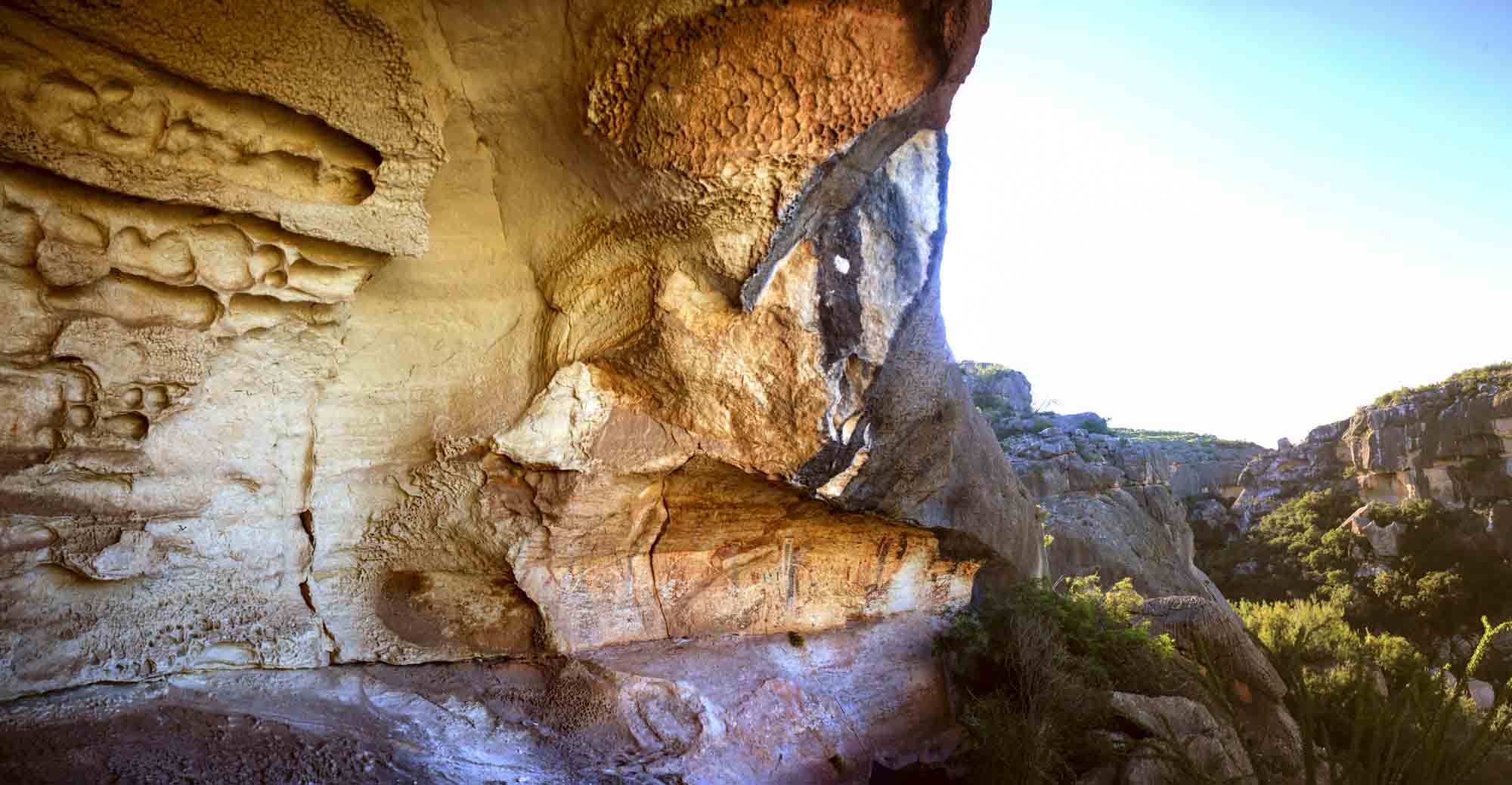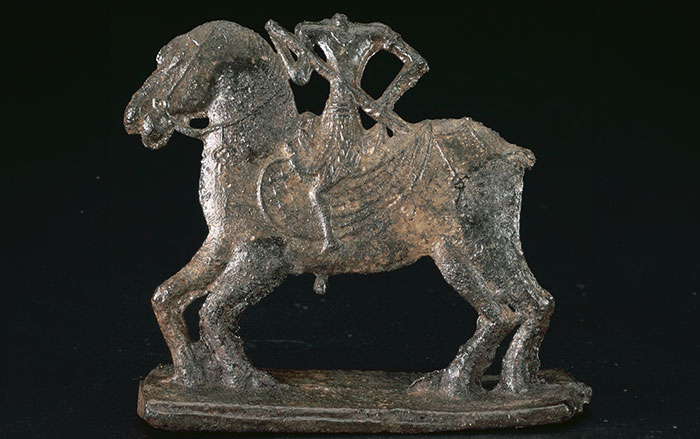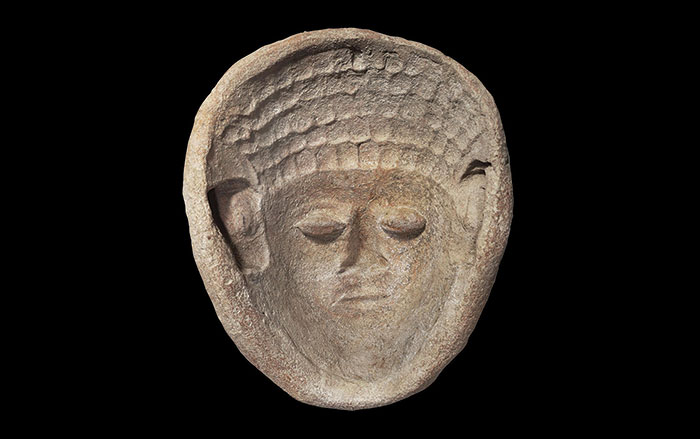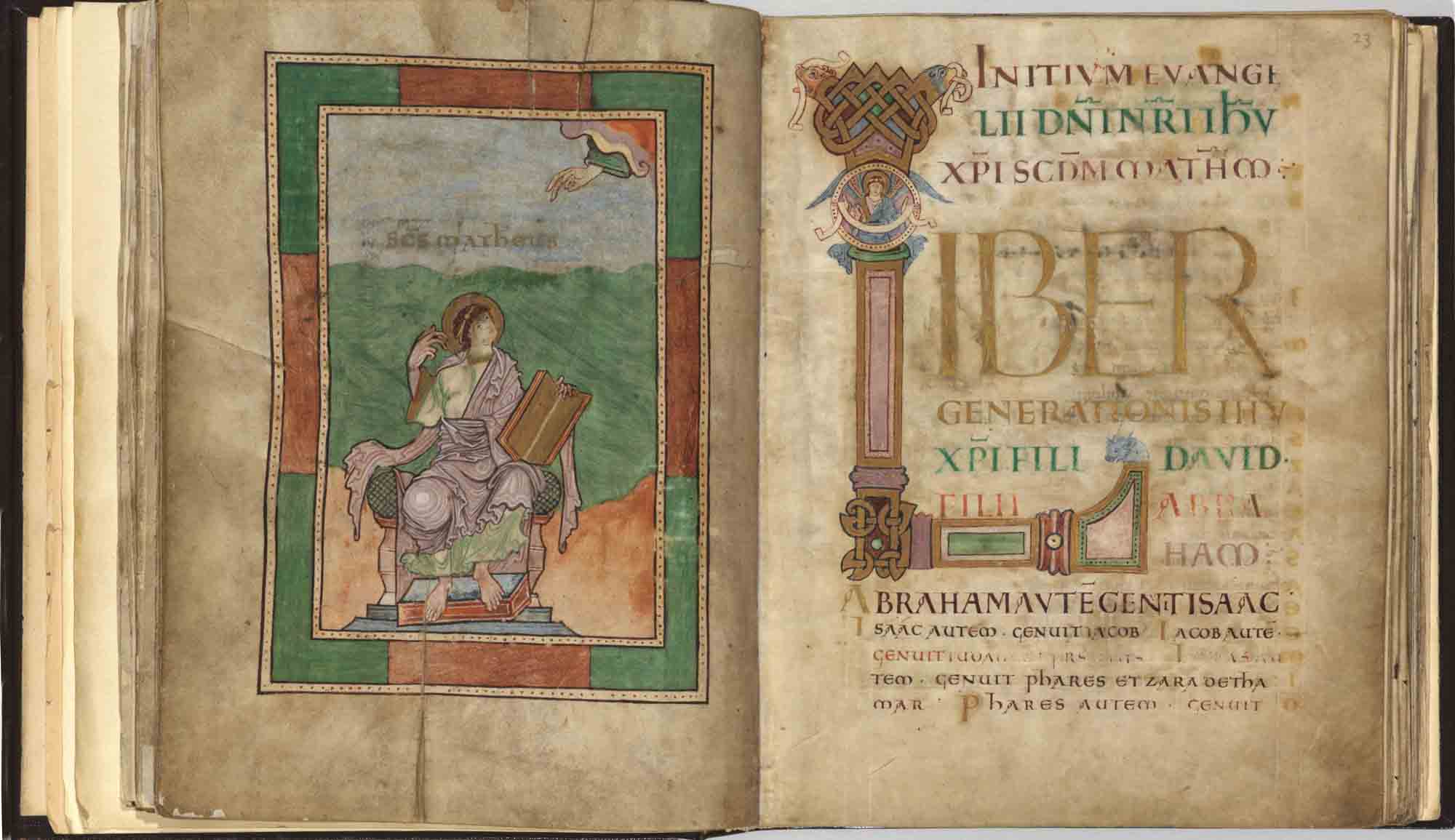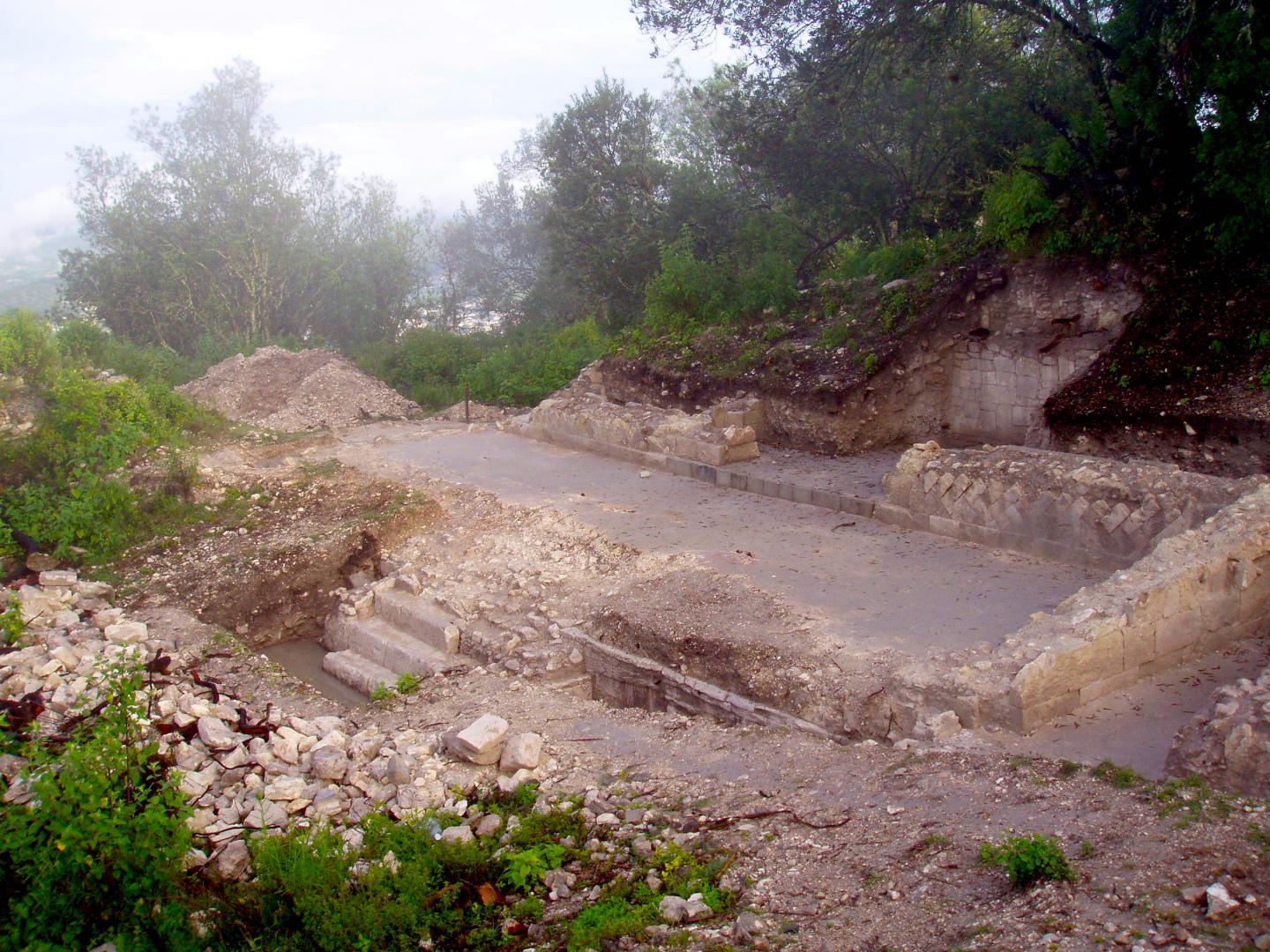
JENA, GERMANY—The Guardian reports that researchers from the University of Tübingen and the Max Planck Institute for the Science of Human History have detected evidence of a typhoid-like illness in the remains of Aztecs who died in epidemics between 1545 and 1550, after the arrival of Europeans in the New World. According to the historical record, those who suffered from the illness known as “cocoliztli” in the Aztec Nahuatl language had high fevers, headaches, and bleeding from the eyes, mouth, and nose, and usually died within three or four days. The scientists used a new computational program to screen fragments of bacterial DNA extracted from 29 skeletons unearthed at a cemetery site in Oaxaca, Mexico, and found the Salmonella enterica bacterium, which today causes high fevers, dehydration, and gastro-intestinal complications. This is the first time that S. enterica has been identified in ancient New World remains, they said. The microbe is known to have been present in medieval Europe, and may have traveled to the New World in domesticated animals. “We cannot say with certainty that S. enterica was the cause of the cocoliztli epidemic,” said Kirsten Bos of the Max Planck Institute. “We do believe that it should be considered a strong candidate.” For more, go to “Aztec Warrior Wolf.”




